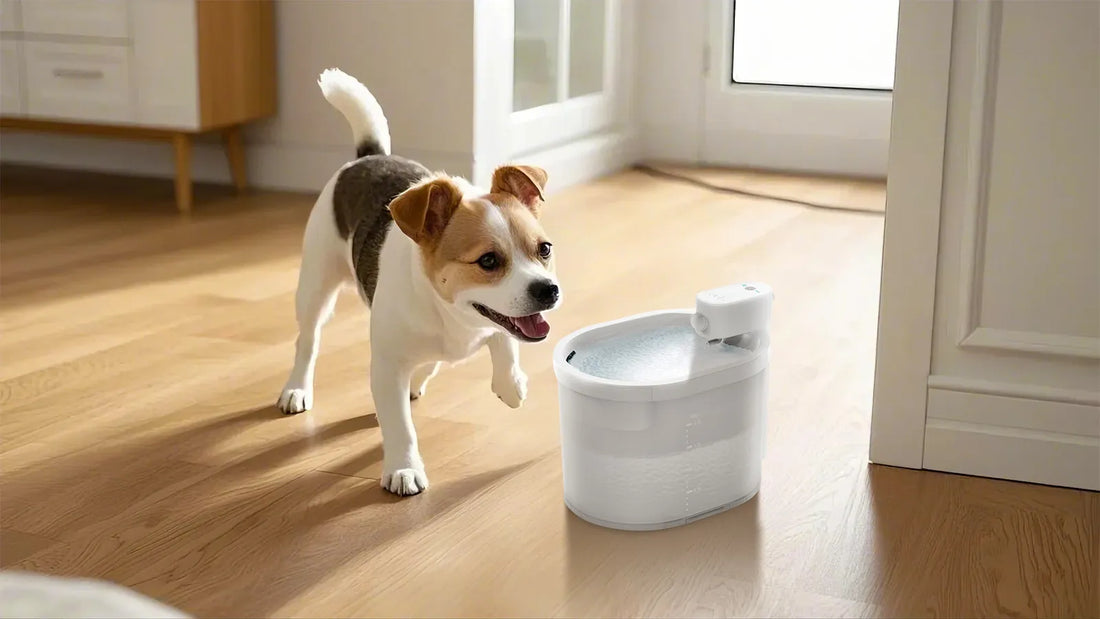If you've noticed your male cat drinking more water than usual, it's natural to feel concerned. While increased thirst can sometimes be harmless, it can also signal underlying health issues that require attention. Understanding the reasons behind this behavior is crucial for ensuring your feline friend's well-being.
Normal Water Consumption in Cats
Cats are naturally less inclined to drink large amounts of water compared to other animals. Their ancestors evolved in arid environments, obtaining most of their hydration from prey. On average, a healthy cat drinks about 60-80 milliliters of water per kilogram of body weight daily. However, this can vary based on factors like diet, activity level, and environmental conditions.
Common Reasons for Increased Water Intake
There are several reasons why your male cat might be drinking more water than usual. Some of these are benign, while others may indicate a more serious condition.
Dietary Factors
If your cat's diet has recently changed, especially if it now includes more dry food, he may drink more water to compensate for the lack of moisture. Dry food contains only about 10% water, whereas wet food can be up to 80% water.
Environmental Factors
Hot weather or a warm indoor environment can lead to increased thirst. Similarly, if your cat has been more active than usual, he may need more water to stay hydrated.
Medications
Certain medications, such as corticosteroids or diuretics, can cause increased thirst as a side effect. If your cat has recently started a new medication, this could be the reason for his increased water intake.
Potential Health Concerns
While the above reasons are relatively harmless, excessive thirst can also be a symptom of several health conditions. It's important to be aware of these possibilities and consult your veterinarian if you suspect any of them.
Diabetes Mellitus
Diabetes is a common condition in cats, particularly in older or overweight males. It occurs when the body cannot produce enough insulin or use it effectively, leading to high blood sugar levels. Increased thirst and urination are classic symptoms of diabetes.
Kidney Disease
Chronic kidney disease is another common issue in older cats. The kidneys lose their ability to concentrate urine, leading to increased water loss and, consequently, increased thirst.
Hyperthyroidism
Hyperthyroidism, an overactive thyroid gland, can also cause increased thirst. This condition is more common in older cats and is often accompanied by weight loss, increased appetite, and hyperactivity.
Urinary Tract Infections
Urinary tract infections (UTIs) can cause discomfort and increased thirst in cats. Male cats are particularly prone to urinary blockages, which can be life-threatening if not treated promptly.
When to Seek Veterinary Advice
If your male cat's increased water intake is accompanied by other symptoms such as weight loss, lethargy, changes in appetite, or frequent urination, it's important to consult your veterinarian. Early diagnosis and treatment can make a significant difference in managing any underlying conditions.
Monitoring Your Cat's Water Intake
To determine whether your cat's water consumption is excessive, you can monitor his drinking habits over a few days. Measure the amount of water you provide and check how much is left after 24 hours. Keep in mind that factors like diet and environment can influence this, so consider any recent changes.
Preventive Measures
While not all causes of increased thirst can be prevented, there are steps you can take to support your cat's overall health. Ensure he has access to fresh, clean water at all times, and consider incorporating wet food into his diet to increase hydration. Regular veterinary check-ups can also help detect potential issues early.
Understanding why your male cat is drinking so much water is the first step in ensuring his health and happiness. By staying informed and proactive, you can address any concerns and provide the best care for your feline companion.













